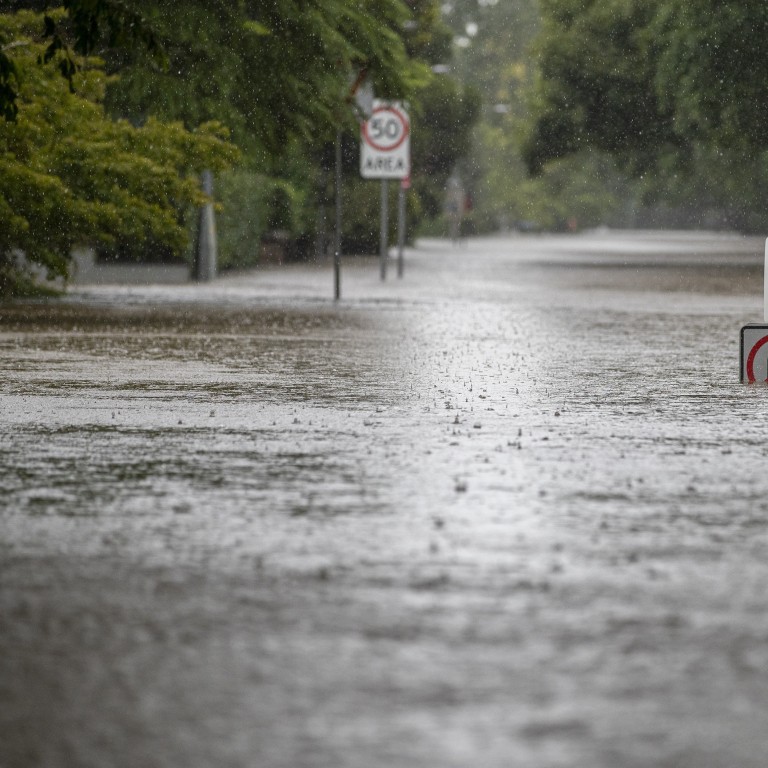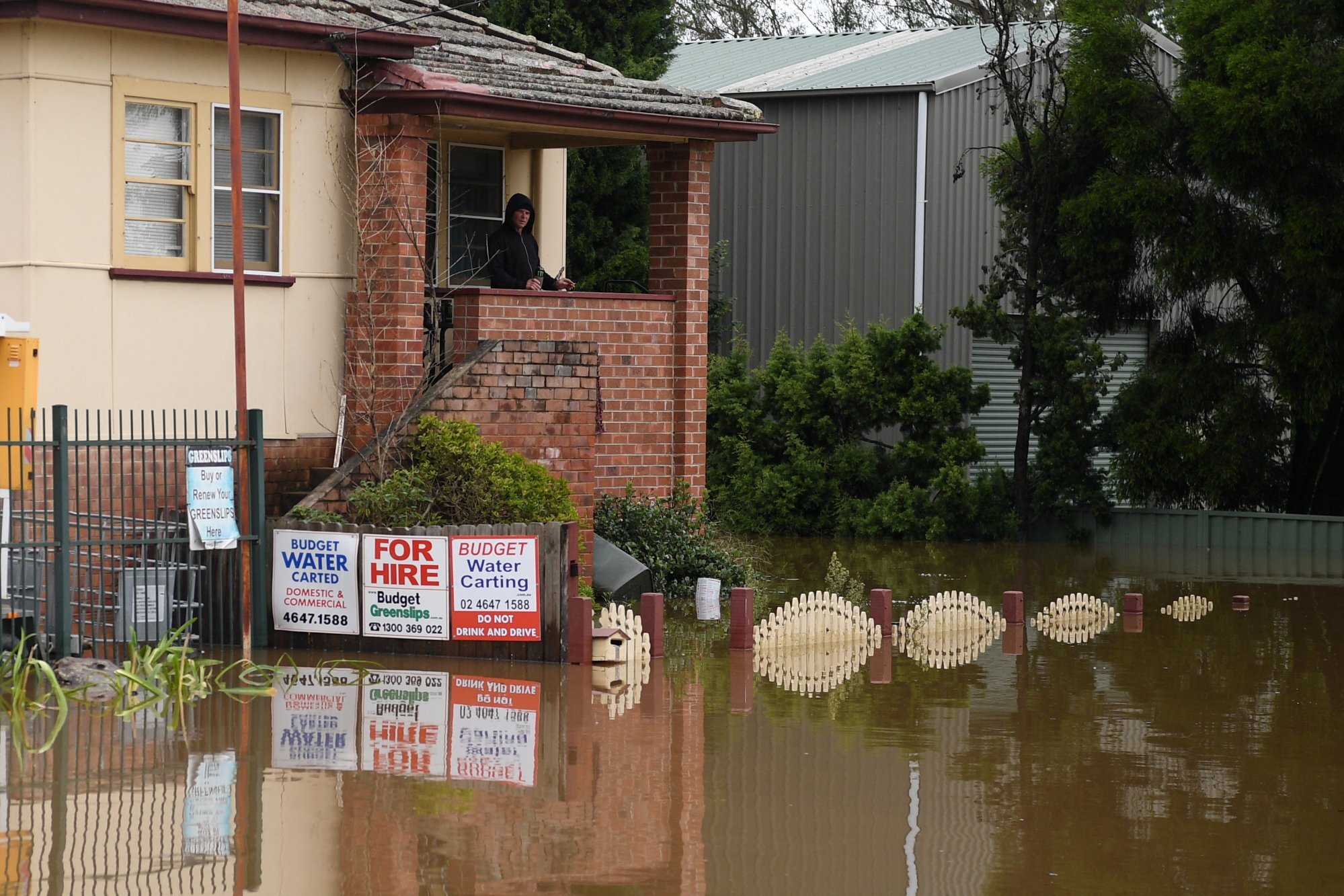
Australia declares national emergency as thousands flee deadly floods
- Government now has more powers to deploy aid and personnel; Prime Minister Scott Morrison says “Australia becoming harder country to live in’
- Floods put climate change in focus ahead of a national election, as the current government has been criticised for its inaction on the climate
Australia declared a national emergency on Wednesday in response to devastating floods along its east coast, and designated catastrophe zones in towns swept away by swollen rivers.
“Australia is becoming a harder country to live in because of these natural disasters,” Prime Minister Scott Morrison said after touring the worst-hit Northern Rivers area of New South Wales.
The emergency declaration, which was set up after Australia’s destructive 2019 bush fires, will help cut red tape and speed up aid amid criticism about a slow response to the floods in which at least 21 people have died.

Frustrated residents in the Northern Rivers, with no access to power and internet for several days, have blamed authorities for the slow speed and scale of relief efforts.
Morrison, who is trailing in polls ahead of a federal election before May, kept media away from his meetings with flood victims, which he said was to protect their privacy.
Television footage showed some people gathered in front of an emergency operations centre Morrison visited, yelling “the water is rising, no more compromising” and “fossil fuel floods”.

Speaking to reporters, Morrison linked the devastation to climate change, which he said had also caused earlier bush fire catastrophes, but he went on to say the greater challenge was reducing other countries’ emissions.

Tens of thousands of people from Sydney and Brisbane and nearby regional areas have been forced to flee their homes as extreme rainfall and persistent flooding wreaked havoc across the east coast.
Residents in parts of New South Wales state, including in greater Sydney’s wealthy northern beaches suburbs, were forced to evacuate as roads were cut off and amid concern about a dam overflowing.

Two La Nina seasons in 2021 and 2022 have led to unusually wet summers on Australia’s east coast, and put climate change in focus ahead of a national election due to be held by the end of May. The Prime Minister has committed to net zero carbon emissions by 2050, but his government has been regularly criticised for taking inadequate action on climate change.
Officials said military personnel deployed to assist the floods clean-up operations would be more than doubled to 4,000.

The government has paid out some A$385 million to flood victims nationally in the past week, and Morrison said aid would be increased in Lismore, of the hardest hit towns, and surrounding areas, to provide food and shelter, mental health support and legal and business support.
In a statement on Monday, Australia’s Climate Council advocacy group said scientists had been warning “for decades” of the dangers from extreme weather caused by carbon emissions.

There have been almost 100,000 claims to insurers as a result of the floods in NSW and Queensland, according to the Insurance Council of Australia, 80 per cent of which were for domestic property.
In NSW, there has been an increase of 12 per cent in the past 24 hours. The estimated current cost of claims is now A$1.45 billion (US$1.1 billion), the council said, based on the numbers from previous flood events.
The floods, combined with Russia’s invasion of Ukraine, led Australia’s consumer sentiment to plunge in March, falling 4.2 per cent to 96.6 points according to Westpac Banking Corp., the weakest result since September 2020.
Australia flood toll rises to 20 as thousands evacuate Sydney
Australia is considered by many to be at vanguard of the impact of climate change – a position that is become frighteningly clear in recent years. Torrential flooding episodes during wet years have been interspersed with blazing dry summers that have led to devastating wildfires, including the 2020 crisis that scorched an area of land almost the size of England.
Morrison has pledged to cut Australia’s emissions by up to 28 per cent by 2030, but an Essential poll in November 2021 found Australians trusted the opposition Labour Party more to handle the issue of climate change than the government, by a margin of 39 per cent to 26 per cent.
Higher prices for food and bare supermarket shelves are set to become more frequent occurrences in Australia, as an increasingly volatile climate threatens supply chains and the availability of vital inputs including insurance, finance and fertiliser, according to a Wednesday report from environmental lobby group Farmers for Climate Action.


